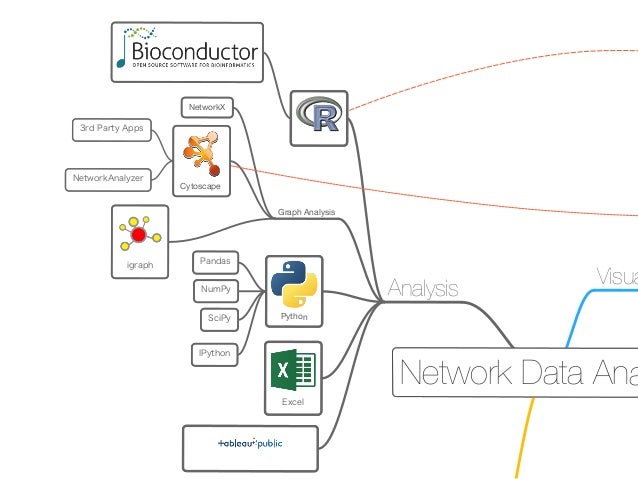
We will use only the largest connected component for the rest of the tutorial. The networks consists of one large connected component, several smaller networks, and some unconnected nodes. The resulting network contains protein recognized by STRING, corresponsing to the up-regulated genes, and interactions between them with an evidence score of 0.4 or greater. The resulting network will load automatically. Open the options panel and confirm you are searching Homo sapiens with a cutoff of 0.4 and 0 maximum additional interactors.In the Network Search bar at the top of the Network Panel, select STRING protein query from the drop-down, and paste in the list of up-regulated genes.In Excel, copy the entries in the Gene column to the clipboard. This file contains the subset of genes that were up-regulated in the experiment.Download the list of up-regulated genes, and open it in Excel.The two examples are split into two separate workflows on the following slides. Query STRING disease for a keyword ovarian cancer.

Biogrid cytoscape tutorial install#
Install the stringApp from Apps → App Store → Show App Store.We will focus on the differential gene expression between two subtypes:įor convenience, the data has already been analyzed and pre-filtered, using log fold change value and adjusted p-value. The data used in this protocol are from The Cancer Genome Atlas, in which multiple subtypes of serous cystadenocarcinoma were identified and characterized by mRNA expression.

Ovarian serous cystadenocarcinoma is a type of epithelial ovarian cancer which accounts for ~90% of all ovarian cancers.


 0 kommentar(er)
0 kommentar(er)
